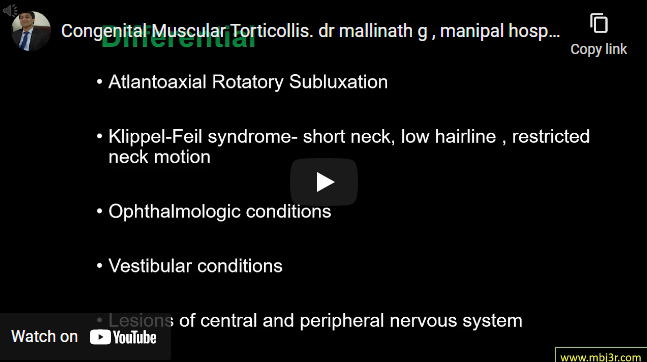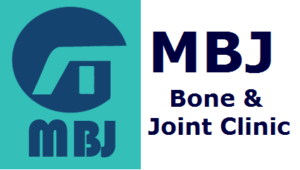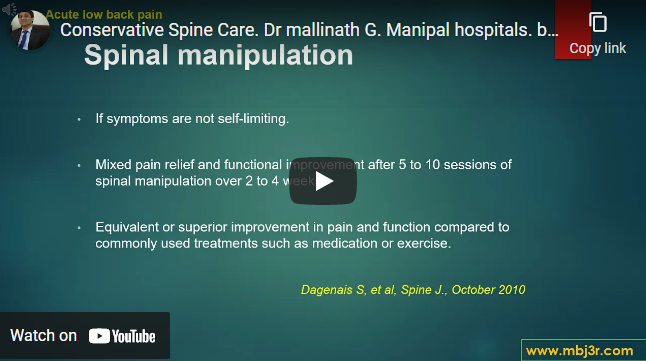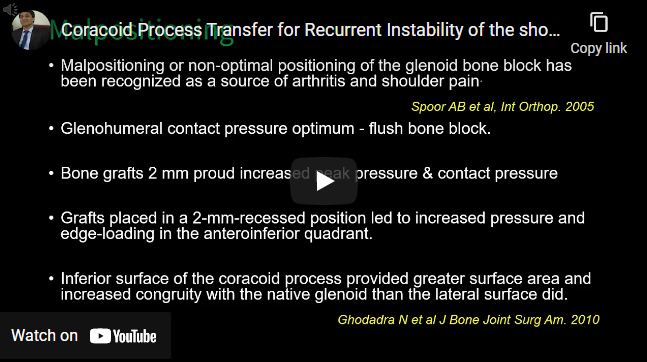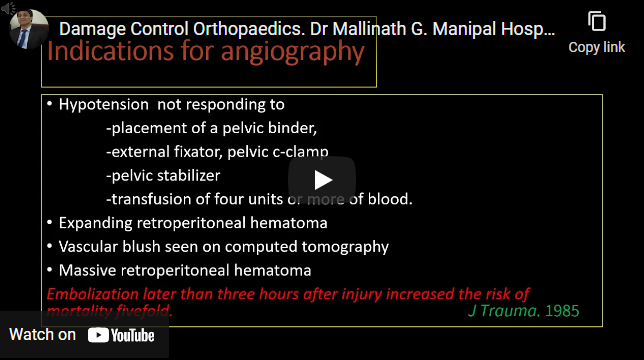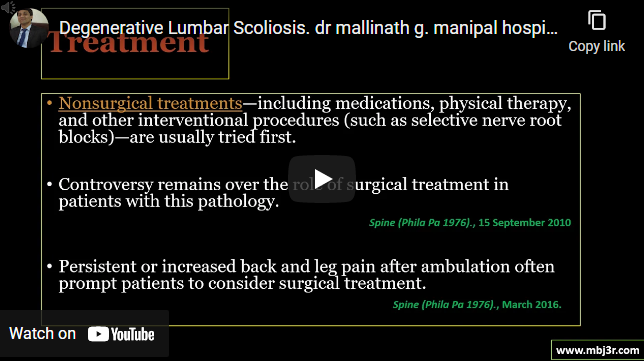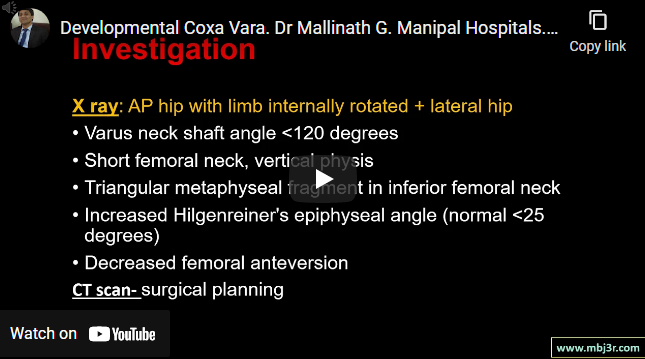Caused by contracture of the sternocleidomastoid (SCM) muscle Result of intrauterine compartment syndrome of SCM muscle Associated with DDH (5 – 20% association) metatarsus adductus, plagiocephaly, congenital atlanto-occipital abnormalities Head tilt towards the affected side with chin rotation away from the affected side Treatment starts with Passive stretching Operative- Failed response to at least 1 year of stretching, Significant deformity SCM…
